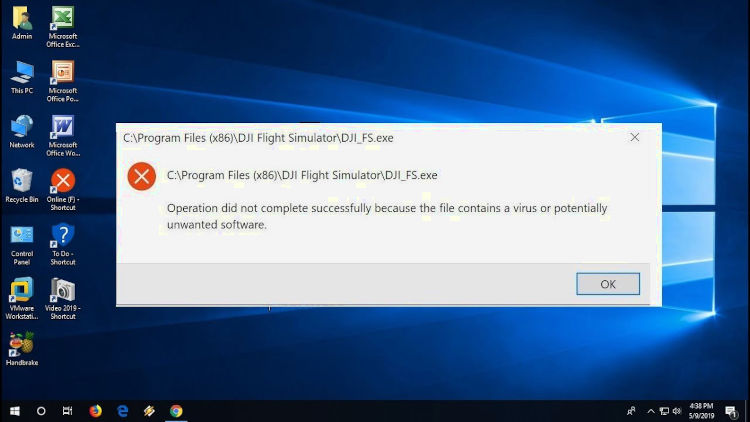You may be having the issue of your laptop keeps disconnecting from your Wifi this is a common issue among laptops and we will cover all the fixes below to this annoying problem.
We have 5 of the best fixes below to stop your PC and laptop from disconnecting from your Wifi network.
1. Restart Your Network Adapter
Sometimes this can be an easy fix by just disabling your Wireless network adapter on your Windows Pc and then enabling the adapter to resolve this issue.
- Go to settings.
- Then select Network & Internet.
- Now choose Change Adapter.
- Find your network adapter and right-click on it, then choose disable.
- Then right-click on your Wifi network adapter again to enable it.
Now see if you still are receiving any issues with your Wifi dropping out on your laptop.
2. Disable Power Saving Mode On Your Network Adapter
Some laptops have a power saving mode and this can include the Wifi network adapter so when your battery is getting low and the power saving mode kicks in this can cause issues with your Wifi not working.
- Press the Windows key + R then type in “ncpa.cpl” in the run window and press enter.
- Now right-click on your Wi-Fi network adapter and choose properties.
- Then select the configure button.
- Choose the Power Management tab then make sure the “Allow the computer to turn off this device to save power” is unticked.
- Now click the OK button on the bottom.
This may have fixed the Wifi disconnecting issue if not then proceed to the next method.
3. Update Your Network Driver
You should always make sure you have the latest driver updates to make sure your laptop hardware stays working at optimum performance and bug-free.
We suggest downloading the DriverEasy – The Best Windows Driver Software which will allow you to automatically scan and update your drivers without you needing to manually do this.
You can use either the free or pro version of Driver Easy which will update your Windows drivers for you and your network adapter driver too if it needs updating.
Driver Easy pro version comes with a 30-day money-back guarantee as well and is one of the leading Windows Driver update software on the market right now.
We would recommend using an ethernet port to update the drivers in case your Wifi starts to disconnect not allowing you to download and install the Windows drivers.
4. Increase The Scan Valid Interval Timing Of Your Wifi Scanning
Increasing your scan valid interval can help with Wifi disconnects.
What is Scan Valid Interval?
The scan valid interval is the amount of time it takes before your network adapter rescans for different Wifi network access points.
To set the Scan Valid Interval number higher follow the below steps:
- Press both the Windows + R keys together to bring up the run prompt.
- Enter “ncpa.cpl” in the run box and press enter.
- Now right-click your Wifi network adapter and choose properties.
- Click on the configure button.
- Choose the Advanced tab and select Scan Valid Interval.
- Now change the value to 120 and click the OK button at the bottom to save changes.
Now see if changing the scan valid interval has resolved your laptop Wifi disconnecting from the wifi internet network.
5. Check For Any Damage On Your Laptop
Sometimes these Wifi disconnects can be caused by damage to your Wifi antenna cables.
These cables are located inside your laptop bezel on the laptop screen. They are black and white and normally feed up to where your laptop camera is if you have one.
The best way to check is to carefully unclip the laptop’s bezel then inspect both these cables making sure they are not frayed or snapped and they are connected to where they need to be near your laptop’s camera.
If you find any damage on these cables it’s best to take them to your local reputable laptop repair center to have a professional fix these cables for you.
Final Thoughts
We hope our guide has managed to fix your Laptop from its Wifi disconnecting as this can be one of the worse problems that a laptop can give you or at least the most frustrating problem.
If this article has helped you be sure to give it a share.








Leave a Reply